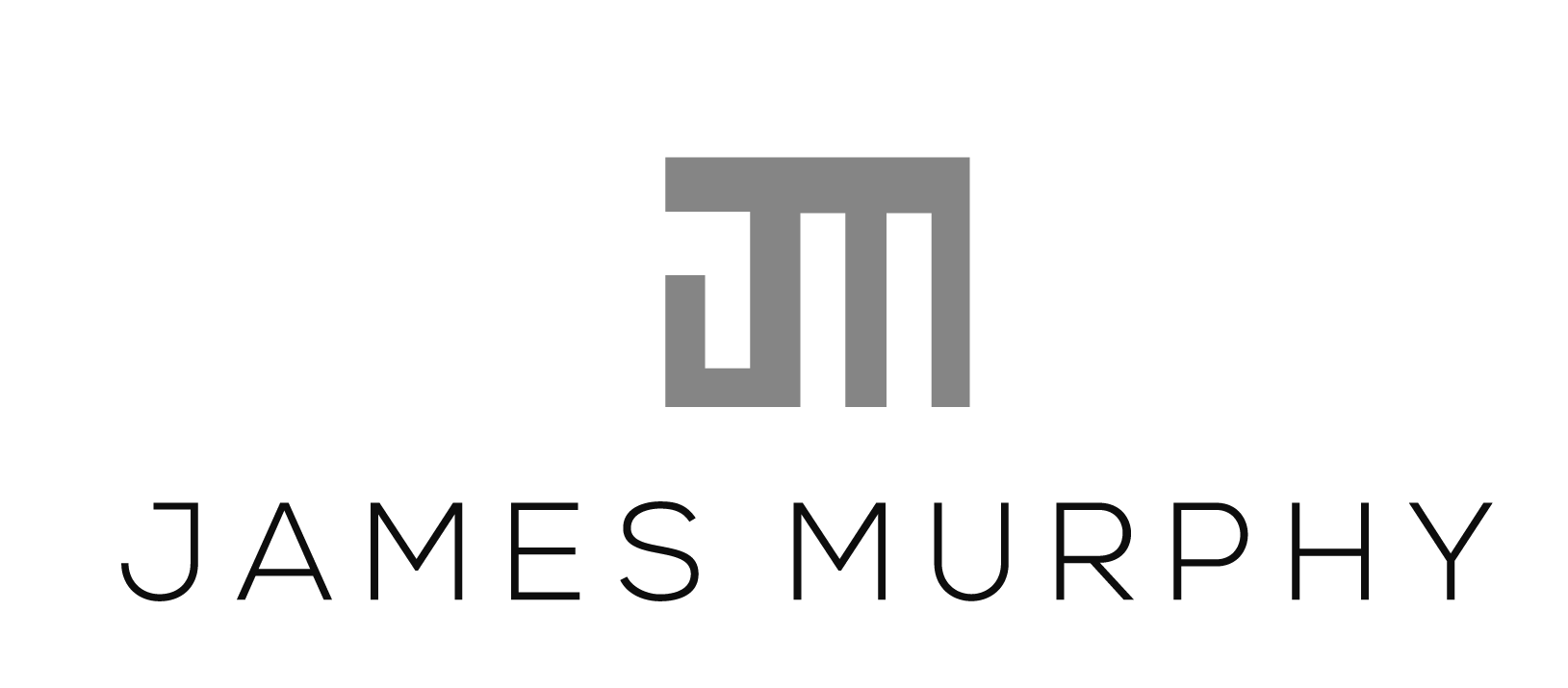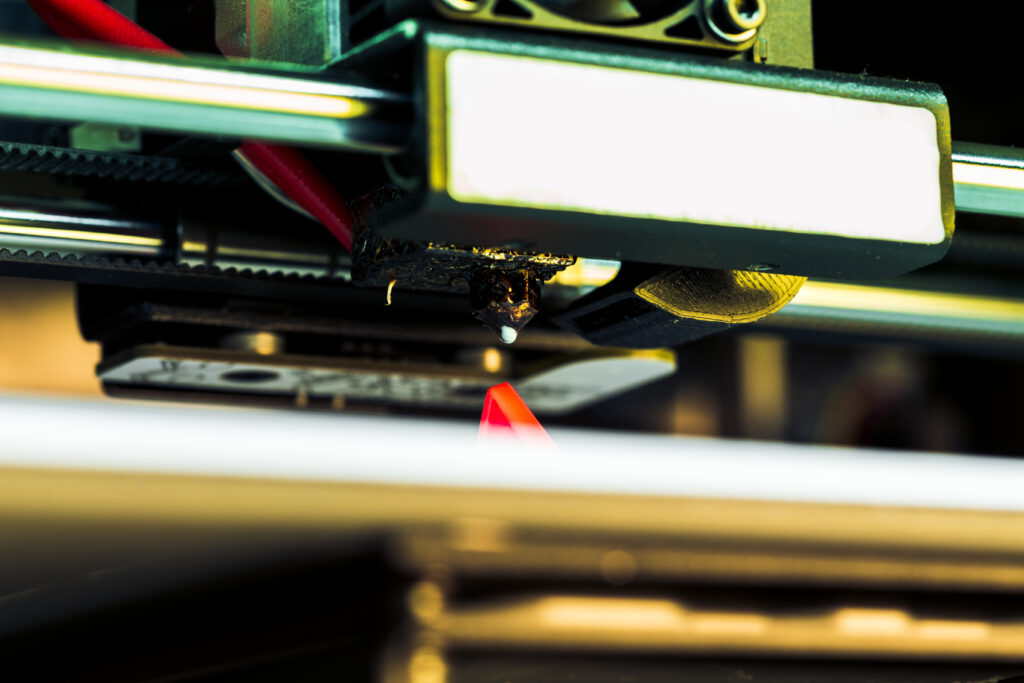Custom machining lets manufacturing teams produce innovative parts and products for diverse applications. It also involves rapid prototyping to ensure efficient, cost-effective designs. Read more to discover how rapid prototyping makes it easier and how to take advantage of it.
Custom machining (CM) can revolutionize how manufacturers fabricate parts and innovate new designs. It allows product developers to experiment with unique concepts while complying with industry standards. It can be enhanced and accelerated with rapid prototyping services.
Tailored manufacturing provides multiple benefits for manufacturers in competitive ecosystems. Meanwhile, integrating rapid prototyping can boost project efficiency, increase productivity, and foster creativity. Learn more about the pros and cons of custom machining to determine the most cost-effective approach. Then leverage rapid prototyping to troubleshoot and streamline your design.
Table of Contents
The Benefits of Custom Machining
Five Other Reasons for Custom Machining
Three Ways Rapid Prototyping Supports Custom Machining
#1. Test Custom Elements Before Manufacturing
#2. Build a Database of Quality Alternatives
#3. Lead Your Industry by Example
How to Make the Most of Custom Machining
What Is Custom Machining?
Look around your room and consider some of the items you see. How many items do you wish could be designed better?
“Can you think of any improvements you’d make to a product’s design? If so, you understand the significance of custom machining.”
It allows innovative minds to develop enhanced goods and services for public and private entities.
Custom machining is an umbrella term describing the various CNC machining processes. It involves different operations to produce specific results on multiple materials and material combinations. Many manufacturers appreciate it because it allows them to create, test, or demonstrate design elements for diverse audiences.
Standard techniques generally include these customizable options:
- Mills & Drills
- CNC Turning
- Multi-Axis Lathes
- Surface Finishing
- Electrical Discharge Machining (EDM)
- 3D Printing (Additive Manufacturing)
- Rapid Prototyping (RP)
Modern metal fabrication experts and large-scale manufacturers rely on automation to ensure quick turnaround and tight tolerances. They also use rapid prototyping to work out the kinks in the early development stages. This allows teams to measure and monitor impacts, costs, compliance, and consumer opinion without committing too much capital.

We offer fast, high-quality, tailored PROTOTYPING solutions for leading companies in a wide range of industries.
superior Rapid PROTOTYPING
The Benefits of Custom Machining
Custom machining provides several benefits besides affordable creative licenses for innovators. It’s a tool for expressing care and concern for global or local issues. Conscientious businesses can introduce new products to serve underrepresented audiences and support specific groups.
Manufacturers using rapid prototyping can go a step further. They help companies develop designs never seen anywhere else and deliver them to appropriate markets. RP in custom machining lets teams create multiple variations for examination, evaluation, and approval before mass distribution.
Engineering and CM go hand-in-hand. Sophisticated manufacturing techniques allow people to create novel products and fabricate parts unavailable through ordinary suppliers. Fortunately, the components don’t have to be complex for this to benefit teams.
“Rapid prototyping helps innovators create simple gears, buttons, clasps, and adapters for new inventions.”
Custom machining begins with rapid prototyping and ends when the manufacturer is satisfied. It does not produce a one-size-fits-all solution for design flaws. Rapid prototyping allows competitive companies to meet industry demands faster and for less money. They can explore different ideas without dealing with parts designed for particular end use.
DID YOU KNOW: CM lets you avoid using standard or universal parts in your product design?
Custom Machining Types
Modern manufacturing provides many different options for CM. Teams can choose between manual lathes and high-tech multi-axis machines with automatic functionality. They can also utilize prototype plastic machining or economic metal fabrication techniques to help streamline complex projects.
CM methods and tools depend on several factors, including part geometry, tolerance, and purpose. Some projects could require cutting, while others need bending, shaping, or further tailoring. Rapid prototyping allows teams to determine which processes are best and least wasteful for innovation. Talk to an RP expert for specific tips and customized strategies.
Custom Machining Applications
There are many reasons why modern manufacturing depends on custom machining and rapid prototyping. For example, metal fabrication requires keen attention to detail and considerable skills. It’s also reliant on expensive materials not always available through standard supply chains. Rapid prototyping lets teams perfect the design before manufacturing, and CM allows them to see blueprints come to fruition.
On-demand CNC and custom machining represent new opportunities for swifter innovation. Startups and established businesses can make revolutionary parts more quickly using digital files, 3D printing, and other tailored techniques. Rapid prototyping services also involve relatively short setup times to help teams increase order quantity and output. Custom machining with rapid prototyping means higher quality outcomes in less time.
Here are some other CM applications to consider:
- Increase Your Competitive Edge
- Introduce Exciting Innovations
- Focus on Company Improvements
- Attract More Investor Interest
- Better Serve the Target Audience
- Encourage Team Creativity
- Promote Talent within the Company
- Test Ideas Without Commitment
- Offer Customers Personalized Products
- Save Resources on Small Batch Orders
“Use rapid prototyping for custom machining to challenge industry standards while fulfilling market expectations.”
RP professionals can transform digital concepts into three-dimensional models for evaluation and demonstration. They can also use rapid prototyping to gather feedback from stakeholders, investors, and consumers.
Five Other Reasons for Custom Machining
Efficient and productive manufacturers will likely find multiple reasons for using custom machining. The many benefits can help eliminate common problems and encourage cooperation. Check out these five additional applications for custom machining:
- Combining Several Elements Into One Part – Want to keep a few features and replace the rest with something from another design? Custom machining lets you do that.
- Manufacturing High-Quality Parts Quickly – Develop end-use products to distribute during emergencies and industry upheavals. Be the first to offer a solution.
- Showing Allegiance with Specific Causes – Introduce relevant goods and services when your target market needs them the most. Don’t wait for exciting trends to fade.
- Making Small Batch Quantities – Custom machining lets you stop paying large-scale manufacturing prices for small-batch orders. You get more control over the budget.
- Saving Time and Reducing Waste – Rapid prototyping reveals your product quality before manufacturing. This helps eliminate unnecessary waste and significantly cuts lead times.
Custom machining is helpful for manufacturing, evaluation, distribution, and market research. Meanwhile, RP supports all that.
“Integrating rapid prototyping into custom machining strategies can ensure teams make the most of their available resources.”
DID YOU KNOW: Rapid prototyping can help you test how custom materials, geometries, and tolerances coordinate. It also ensures that your final design complies with ISO standards.
Three Ways Rapid Prototyping Supports Custom Machining
Let’s zoom in on rapid prototyping as it relates to custom machining. Imagine developing an idea for a groundbreaking product design and wanting to manufacture it. However, you must present the final product to a tightly regulated industry. Seemingly unimportant inconsistencies can have a significant impact on funding and market acceptance.
Meanwhile, the consumer remains steadfast about quality and quantity. Your target audience demands high-speed innovation with few, if any, design flaws. You also can’t risk damaging your reputation for excellence but can’t afford mass manufacturing low-quality products. The impact of recalls alone could undo all your hard work.
Custom machining lets you manufacture uniqueness, and rapid prototyping lets you do it with less stress. Try unlikely combinations of materials, geometries, and tolerances to develop something remarkable yet still passable. Then consider these three ways rapid prototyping can help support your custom machining goals:
#1. Test Custom Elements Before Manufacturing
Suppose you want to swap out a specific design element without restructuring the rest of the part. Rapid prototyping makes that possible. RP processes let you conduct test runs on specifics to determine what does and doesn’t work. You can also remove or improve features before mass manufacturing to ensure optimal outcomes and standard compliance.
Allow your team to evaluate various concepts, make adjustments, and then consider their opinions. Let investors offer insights and discuss enhancements with engineers. Rapid prototyping supports custom machining by encouraging collaboration, communication, and imagination from early developmental stages to global distribution.
#2. Build a Database of Quality Alternatives
Rapid prototyping uses sophisticated software to create three-dimensional models of various parts or assemblies. Teams can adjust different features and observe the behaviors to determine the pros and cons of innovative concepts. Meanwhile, engineers can use the data to develop records of practical and impractical design elements.
The records can serve as a resource for efficient innovation. Custom machining means manufacturing one-of-a-kind designs and creating a portfolio for future consideration. You can garner information from the portfolio to enhance more products or improve existing parts.
#3. Lead Your Industry by Example
Clever marketing campaigns and solid branding can only take your company so far. Consumers and investors want to see more from innovators when evaluating new products. Rapid prototyping helps you juggle multiple concepts to reveal the best manufacturing approach. Custom machining lets you create suitable parts before competitors based on consumer demands.
Become a leader in your industry with rapid prototyping to streamline designs and custom machining to introduce originality. Use high-tech, high-efficiency manufacturing processes to give consumers and investors something to talk about. Make your business an authority with data-driven product development, comprehensive RP, and cost-effective fabrication.
PRO TIP: Speak to a custom machining expert about the benefits of rapid prototyping during each developmental phase. Decide which processes are mandatory and which you can skip.
We offer fast, high-quality, tailored PROTOTYPING solutions for leading companies in a wide range of industries.
superior Rapid PROTOTYPING
How to Make the Most of Custom Machining
Making the most of custom machining services is crucial. Today’s economy demands high quality, high speed, and high tech.
“Manufacturers must develop a rapid prototyping strategy to avoid delays, prevent quality assurance oversights, and comply with industry regulations.”
They risk falling behind the curve or paying steep penalties otherwise.
The tricky part is determining a timely and cost-effective approach to this with rapid prototyping. You must follow a schedule and mind the budget, but each project presents unique challenges. How can you streamline custom machining for high-quality manufacturing under such unpredictable circumstances? Follow these simple guidelines:
- Research Your Industry – Discover what other companies do to attract consumer or investor attention. Find out which innovations are trending to create revolutionary products first.
- Develop a Design – Use market research to develop unique products and intuitive innovations. Integrate industry feedback to deliver high-quality end-use parts for specific applications.
- Use Rapid Prototyping – Allow rapid prototyping to help uncover design flaws during early developmental stages. Also, use it to test concepts and creative ideas from your team.
- Strategize to Streamline – Take your rapid prototyping discoveries and integrate them for improved product designs. You can use RP for custom machining as many times as needed.
- Begin with Small Batches – Custom machining means you don’t have to commit to standardized parts, designs, and order sizes. Start small; iterate relentlessly.
Manufacturers interested in CM should never overlook the benefits of rapid prototyping. It is an essential step in product design, development, and delivery. Conceptualizing a tailored product without RP advantages decreases your chances of remaining relevant. Innovation is the key to advancement, but rapid prototyping helps ensure those innovations are practical.
Conclusion
Custom machining supports cost-effective innovation. It also promotes creative and practical enhancements across multiple industries. Use rapid prototyping to eliminate design flaws, ensure ISO compliance, and deliver high-quality end-use products before competitors.
Use CM for several reasons, but allow it to support cost-effective innovation. Competitive markets demand diversity and require excellence. Discover how rapid prototyping makes custom machining easier, and then learn how to take advantage. Or talk to an expert for more personalized information.
 About the Author
About the Author
James Murphy is the founder and CEO of HLH Rapid – a hybrid CNC machine shop fusing Western service and quality with Eurasian industry influences for over 14 years. His advanced enterprise uncovers cost-effective rapid injection molding techniques to remain unmatched by industry competitors. Murphy’s full-service fabrication and manufacturing methods span six dedicated zones, from 3D printing and vacuum casting to sheet metal prototyping and project management. His expertise also includes high-efficiency machining within strict yet volatile markets.
Murphy earned an MBA after becoming inspired by his father’s hands-on craftsmanship. As a budding entrepreneur, he taught English and studied Chinese to pursue pioneering objectives. His groundbreaking approach helps build the future by providing well-rounded manufacturing services to innovative Western businesses. When he’s not offering upscale RP and CNC, James enjoys art-house movies, Thai boxing, and spending time with his growing family.
For more information or an instant quote on RP services, visit HLHRapid.com.


